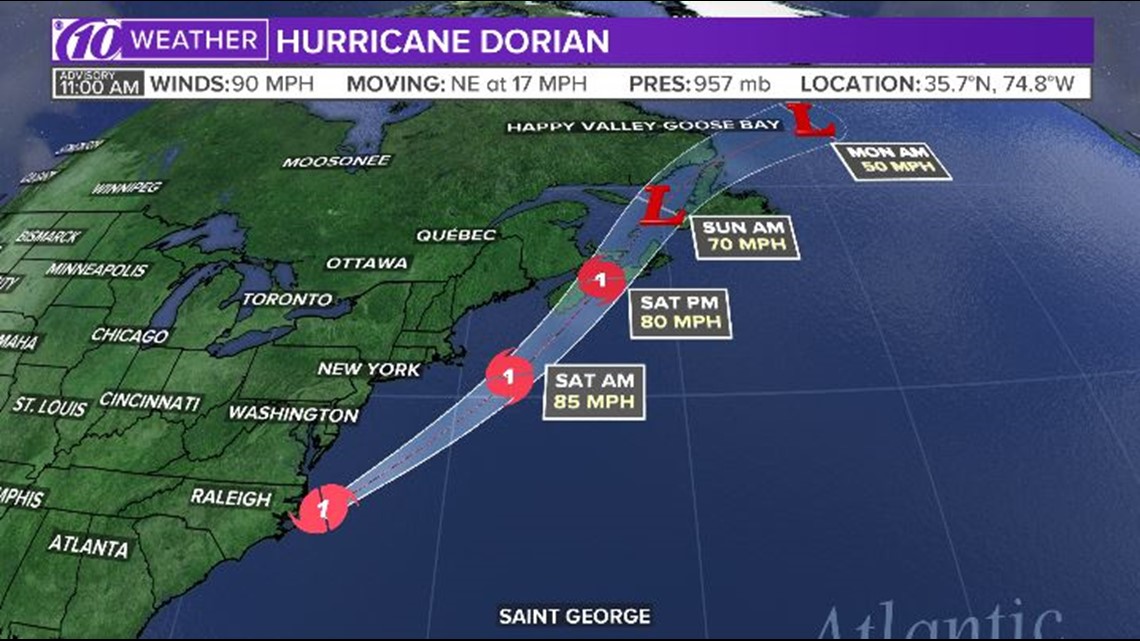Since you're either too lazy to scroll up or your arthritis is preventing you from doing so, I'll post the same information again..
The Next 30 Years of Sea Level Rise
Sea level along the U.S. coastline is projected to rise, on average, 10 - 12 inches (0.25 - 0.30 meters) in the next 30 years (2020 - 2050), which will be as much as the rise measured over the last 100 years (1920 - 2020). Sea level rise will vary regionally along U.S. coasts because of changes in both land and ocean height.
More Damaging Flooding Projected
Sea level rise will create a profound shift in coastal flooding over the next 30 years by causing tide and storm surge heights to increase and reach further inland. By 2050, “moderate” (typically damaging) flooding is expected to occur, on average, more than 10 times as often as it does today, and can be intensified by local factors.
Emissions Matter
Current and future emissions matter. About 2 feet (0.6 meters) of sea level rise along the U.S. coastline is increasingly likely between 2020 and 2100 because of emissions to date. Failing to curb future emissions could cause an additional 1.5 - 5 feet (0.5 - 1.5 meters) of rise for a total of 3.5 - 7 feet (1.1 - 2.1 meters) by the end of this century.
Continual Tracking
Continuously tracking how and why sea level is changing is an important part of informing plans for adaptation. Our ability to monitor and understand the individual factors that contribute to sea level rise allows us to track sea level changes in a way that has never before been possible (e.g., using satellites to track global ocean levels and ice sheet thickness). Ongoing and expanded monitoring will be critical as sea levels continue to rise.
https://oceanservice.noaa.gov/hazard...ch-report.html







 Reply With Quote
Reply With Quote












